Content
- 1 How to identify plum disease
- 2 Plum diseases: description and treatment
- 2.1 Treatment of gum flow at the plum
- 2.2 Plum leaf curl
- 2.3 How to treat plum hole spot
- 2.4 Plum toughness or overgrowth
- 2.5 Plum moniliosis treatment
- 2.6 Verticillosis
- 2.7 Dwarfism
- 2.8 Plum chlorosis treatment
- 2.9 Plum coccomycosis: cause and treatment
- 2.10 Plum tinder fungus
- 2.11 How to treat rust on a drain
- 2.12 Red spot of plum
- 2.13 Plum pockets
- 2.14 Plum nectria treatment
- 2.15 Scab on plum bark
- 2.16 Black plum cancer: symptoms and treatment
- 2.17 How to treat gray rot on a plum
- 2.18 Plum Pox (Sharka)
- 2.19 Sooty mushroom
- 2.20 Lichen on the trunk of a plum
- 3 Plum pests and control of them + photo
- 4 Prevention measures
- 5 Conclusion
If plum leaves curl, rot or bloom of an incomprehensible color appears on them - this is the first signal to the gardener to immediately take measures to treat the tree. Such signs indicate serious diseases that can not only destroy the entire crop, but also lead to the death of the tree itself.
However, no disease affects the entire plant at once, so timely treatment can prevent its death and stop the development of the disease.
How to identify plum disease
The first sign of a deviation from the normal state of a plum is gum flow. In itself, this disease is not, but indicates the presence of certain problems. The flow of gum, which many call resin, occurs in places where the bark of the plum is damaged, as well as when the soil is waterlogged or when fertilizing is excessive.
The second sign of the disease is the appearance on the leaves of plaque of different colors (brown, gray, red), as well as the modification of the leaves themselves. They begin to curl, turn yellow and fall off prematurely.
Plum fruits can also indicate a disease. If they crumble prematurely, change, become covered with plaque or rot, these are also signs of diseases.
Why do plum leaves turn yellow
There may be several reasons for this. Here is some of them:
- Wrong choice of landing site. Plum leaves turn yellow in spring if the groundwater is quite high or the planting site is subject to regular flooding. Excess moisture can lead to such consequences. In summer, plum leaves turn yellow due to insufficient sunlight, if the plant is planted in strong shade.
- Lack of moisture. In dry times, the plant itself sheds part of the crown to reduce the evaporation of water from the surface of the leaves.
- Root damage. If the root system of a plum is damaged by frost or rodents, it does not provide adequate nutrition for the leaves.
- Lack of trace elements in the soil. In this case, the process of photosynthesis in the leaves does not proceed properly, and the leaf plate of the plum may turn yellow, redden or turn white.
- Diseases. Fungal diseases affecting the plum appear as spots of various colors on the leaf. The affected leaf gradually turns brown and falls off.
- Pests. Some insect pests feed on leaf juices, which leads to their gradual yellowing and drying.
Often, several factors are the cause of the yellowing of plum leaves. In this case, the disease develops more rapidly, and measures must be taken to save the tree immediately.
Why there are no leaves on the plum
The reason for the absence of leaves on the plum is most often the freezing of the tree. Plum often freezes in severe frosts. In this case, the lower part of the trunk, hibernating under the snow, as a rule, remains intact. It is often possible to observe how young shoots appear in a leafless tree in the lower part of the trunk in summer. This indicates that the plum root is intact.
If young shoots appear on the stem above the grafting site, then it is quite possible to reanimate the dried plum.
Why did the plum dry
The reasons why the plum dries can be infectious and non-infectious factors. The former include fungal, viral and bacterial diseases, the latter - various violations of the water balance, lack of nutrition or mechanical stress. This also includes damage to plum trees by various pests and low temperatures in winter.
If the plum has bloomed and dried up, the reason is most likely complex. The rapid course of the disease always indicates that there are several factors.
White bloom on the plum
A whitish coating on the leaves of a plum tree is a sign of the appearance of a milky sheen. This is a fungal infection, the pathogens of which live in the cracks in the bark. The disease can appear after freezing of the plant in winter, as well as in spring and autumn in conditions of high humidity.
A milky sheen can appear on grafted plums due to poor coalescence of the rootstock and scion, as well as due to mechanical damage to the plum.
Holes in plum leaves
The appearance of numerous holes on the leaf plates of a plum is a sign of its infection with clasterosporium disease, or perforated spot. Numerous holes on the plum leaves are already the second stage of the lesion, on the first the leaves are covered with small black rounded specks. After 10-12 days, the leaf in the place of the specks is completely destroyed and characteristic small holes are formed.
Over time, the disease progresses, moving on to fruits and shoots.
Plum leaves fall
Premature fall of the leaves of a plum indicates a strong degree of damage to the tree by any disease. The leaves do not fall green, at first they curl and turn yellow. It is at this stage that you need to recognize the disease or cause and start treating the plum as soon as possible.
Why do plum leaves curl
The most common reason why plum leaves curl up is due to insect pests, namely aphids. This can be easily verified by unrolling the rolled sheet. Surely there will be a whole cluster of these microscopic insects inside. Each of them feeds on the sap of the tree, piercing the leaf plate and sucking it out of the leaf tissue.
The aphid colony multiplies rapidly, increasing exponentially. If you do not take urgent measures, soon the whole tree will simply be left without leaves and, accordingly, without fruit.
In addition to aphids, the causes of curling plum leaves can be:
- Chlorosis.
- Verticillosis.
- Freezing.
- Root diseases.
In addition to the above, the reasons may be: lack of trace elements in the soil, excess nitrogen.
Why do plums rot on a tree
Rot is a fungal disease inherent not only in plums, but also in other fruit trees. Plums rot on the tree due to the thickening of the plantings, the humid climate and violation of the rules of agricultural technology.
There are two types of rot: fruit and gray. Both are dangerous. If the affected fruits are not removed from the tree in time, they become constant sources of infection. Gradually, the spores of the fungus will spread by water and wind to other plums, as a result, the crop can be almost completely lost.
Why are the branches of the plum blackened?
Blackened plum shoots indicate the defeat of the tree by moniliosis.Its variety is the previously mentioned fruit rot. Another variety, monilial burn, affects branches and leaves. The infection enters the plant tissue through the flower pistils.
Spreading, the disease causes the death of shoots and leaves, which turn black and look like charred.
Plum diseases: description and treatment
All diseases from which the plum suffers or dies in the garden can be conditionally divided into three groups: infectious, fungal and bacterial. Most of them affect not only plums, but also other fruit trees, therefore, prevention methods and methods of treating infected trees are in many ways universal.
Treatment of gum flow at the plum
The cracks in the bark of the plum, through which the gum flows, are an open gate for the penetration of fungi and infections. In addition, constant gum flow weakens and drains the tree quite strongly. A sharp knife is used to remove the gum. They cut off the resin on the drain, capturing 5 mm of healthy tissue. After that, the cut is disinfected with a 1% solution of copper sulfate and covered with a mixture of mullein and clay (1: 1).
Plum leaf curl
Curly is a fungal disease of the plum. It manifests itself in the characteristic curling of leaves. The leaves, and then the shoots of the plum, are deformed. The affected leaves subsequently fall off, the fruits on the affected shoots are not tied, the tied ones are strongly deformed and become inedible.
For the treatment of curly plum leaves, prophylactic spraying of trees with Bordeaux liquid, as well as Skor or Abiga-Peak preparations, is performed before and after flowering with an interval of 2 weeks. Deformed plum leaves and shoots must be destroyed without fail.
How to treat plum hole spot
Clasterosporium is a fungal disease. To prevent its appearance, the crown should not be thickened, and sanitary pruning of the tree should be done in a timely manner. From the fungus, the plum is sprayed with Bordeaux liquid, as well as with Abiga-Peak, Horus, Granuflo or Planthenol preparations. Processing is done once, usually before bud break.
Plum toughness or overgrowth
Often this fungal disease is also called "witch's broom". On the affected tree, thin short shoots begin to grow in bunches, on which fruits are never formed. The tree itself ceases to bear fruit.
"Witch's brooms" must be cut off and burned. Prevention is spraying plum trees with Bordeaux liquid in early spring.
Plum moniliosis treatment
For the prevention of moniliosis in plums, trees are treated twice a season with a 1% solution of Bordeaux liquid: in the spring, before the buds begin to bloom, and in the fall, after the leaves fall. Instead of Bordeaux liquid, you can use the drug Hom or copper oxychloride solution. Infected fruits must be removed and destroyed, affected plum shoots must be cut and burned.
Verticillosis
Verticillium wilting, or wilt, is a disease caused by soil fungi. The affected tree begins to dry from below, gradually causing the entire tree to wilt all the way to the top. Sometimes the fungus affects only part of the tree, leaving the other part intact.
Treatment of wilt consists in multiple (4-5 times) treatment of the tree with fungicides or a solution of preparations containing copper. It is also necessary to take a number of preventive measures to prevent and prevent the spread of the fungus. It is noticed that verticillium does not appear on sandy soils with a neutral reaction. Since the pathogen fungus lives in the soil, special attention should be paid to the condition of the trunks, to keep them clean.
Dwarfism
This is a viral disease that affects not only the plum, but also other stone fruit trees.Usually it can be noticed only at the last stage, when the tree sharply reduces flowering and fruiting, the leaves become thinner, become fragile and fly around prematurely. The tree stops growing. There is no cure for the disease, and it will no longer be possible to save the drying plum. The affected tree is uprooted and burned.
The disease is transmitted through dirty pruning tools and parasitic insects. Infected seedlings can also be sources of infection. Therefore, special attention should be paid to high-quality seed material, garden tools should be regularly processed and disinfected.
Plum chlorosis treatment
Chlorosis is not an independent disease, it does not have pathogens. Chlorosis is a consequence of a lack of iron in the soil. If the plant does not receive this trace element for a long time, its leaves lose their green color, turn yellow or white, and then turn brown and fall off. To combat chlorosis, plants are sprayed with preparations containing iron: Agricola, Antichlorosis, Ferrylene.
You can independently prepare an aqueous solution based on ferrous sulfate. Its concentration is made 0.5% and trees are sprayed with this solution.
Plum coccomycosis: cause and treatment
At the beginning of summer, a whitish bloom may appear on the back of the plum leaves, and small reddish specks may appear on the upper plate. These are signs of coccomycosis, a fungal disease that mainly affects the leaves of the plum. Most often, the disease manifests itself in warm, humid weather. To prevent its appearance, trees are sprayed with Bordeaux liquid.
It is also important not to allow the branches to thicken so that the air exchange inside the crown does not deteriorate. Affected plum leaves and shoots must be torn off and burned. The same should be done with fallen leaves, in which spores of the fungus winter.
Plum tinder fungus
It is a fungus that lives in the cracks in the bark of a tree and destroys the wood. At the site of the lesion, fruiting bodies of mushrooms are gradually formed, which look like growths on the trunk of a plum. To protect the tree from the appearance of tinder fungus, you can use a solution of copper sulfate, which needs to disinfect all damage to the bark of the plum.
The fruiting bodies of the tinder fungus also need to be cut off, and the cut sites must be treated with copper sulfate and sealed with cement mortar.
How to treat rust on a drain
Often in the middle of summer, reddish-brown spots begin to appear on plum leaves, resembling rust spots in color. The disease affects the leaves of the tree, which fall off prematurely. The winter hardiness of the plant also decreases.
As a preventive measure for the appearance of rust, trees are sprayed with copper oxychloride before and after flowering, and after harvesting - with a 1% solution of Bordeaux liquid.
Red spot of plum
Otherwise, this fungal disease is called polystygmosis. The diseased leaves are covered with red-orange spots that become convex. The infected plum does not accumulate a sufficient amount of plastic substances during the season, which greatly reduces the number of flowers and ovaries of the plum for the next year.
To combat red spot, prophylactic spraying of plums is carried out in early spring, before bud break, and in autumn, at the end of leaf fall. A 3-4% solution of Bordeaux liquid is used as an active substance. In case of an unfavorable prognosis, the treatment is repeated twice more, after flowering and after another two weeks.
Plum pockets
A disease caused by a fungus that affects only the fruit. Affected plums look bloated and stop ripening. A white coating appears on the surface.Then the fruit grows moldy and falls off, but sometimes it mummifies and remains hanging on the branch, remaining a source of infection.
If the disease is not treated, up to 70% of the plum crop can be lost. For prevention, trees are sprayed in early spring with a 4% solution of Bordeaux liquid, repeating the treatment before and after flowering. And you can also use the fungicidal preparations Horus or Switch.
Plum nectria treatment
Nectric necrosis is a serious fungal disease that causes branch death. You can easily recognize it by the characteristic red pads on the bark of the tree. The spores of the fungus are usually carried by rainwater or insects, causing new foci of infection.
The fungus penetrates deeply into the wood, so the affected branches only need to be cut and burned. For prevention, trees are treated with copper-containing preparations in the spring.
Scab on plum bark
Scab is a dangerous infectious disease that affects all parts of the tree. The scab on plum fruits can be recognized by the characteristic olive-colored spots covered with a velvety bloom. Sometimes the lesion looks like a black spot, outlined by a light rim. When a scab appears on the bark of a tree, it cracks, swells and bursts, which leads to the death of the shoot.
The development of the disease is facilitated by high humidity and thickening of the plantings. Trees should be regularly inspected and affected fruits removed. For prophylaxis, plants are treated three times per season (in early spring, after flowering and two weeks later) with Tsemeba, Kuprozon or Bordeaux 1% liquid.
Black plum cancer: symptoms and treatment
This disease on the plum is quite rare. The fungus that causes the disease enters the cracks in the bark, where it develops. In this place, the shoot swells, the bark bursts, the wood in this place turns black. When black cancer affects the trunk or skeletal branches, the tree, as a rule, dies.
If infected branches are found, it is imperative to cut and destroy. The bark and part of the affected wood are peeled off from the trunk at the site of the lesion to healthy layers. The cut site is disinfected with copper sulfate, and then painted over with oil paint on natural linseed oil or covered with garden varnish. For prevention, trees are sprayed with the same drugs as for scab.
How to treat gray rot on a plum
Gray mold is a very common fungal disease of plums. Sharp temperature changes contribute to its development.
The affected shoots must be cut and burned, and the tree must be treated with Hom or copper chloride before and after flowering.
Plum Pox (Sharka)
This dangerous viral disease can completely destroy the plum crop, and then the tree itself. Smallpox appears, as a rule, first on the leaves, on which chlorous spots appear, clearly visible in the light. Then the fruits are also affected, on which black spots, rings and stripes appear.
Smallpox is transmitted with planting material, when vaccinated or through a bone. There is no cure for it, only uprooting and complete destruction. Otherwise, there is a risk of losing the entire garden.
Aphids are also carriers of the virus. Therefore, it is important to prevent the appearance of these insects on plums by taking preventive measures in time.
Sooty mushroom
The sooty mushroom is also associated with aphids. The secretions of these insects are the nutrient medium on which the fungus settles. It can be detected by a black spot on the leaves, reminiscent of fine coal dust. While developing, the fungus clogs the pores of the leaf, which leads to its death.
You can prevent the development of the fungus by systematically fighting aphids. When these insects appear, the plants are treated with Horus, Strobi, Fury and others.
Lichen on the trunk of a plum
Lichen can also do a lot of harm to the plum, so you need to get rid of it. This is usually done in early spring, before bud break. At this time, the parts of the plum tree affected by lichen are treated with 5% iron sulfate.After a week, the moss and lichen will fall off the tree on their own, the remnants can simply be wiped off with a piece of rough cloth.
Plum pests and control of them + photo
Among insects, there are many pests who want to feast on both the fruits and other parts of the plum tree. Some of them are quite dangerous and can seriously complicate the life of the gardener.
Plum moth
The greyish brown small butterfly is one of the main pests of the plum. The butterfly itself does not feed on fruits; its caterpillar damages the fruits. One butterfly can lay up to 40 eggs in different plums. Hatching, the caterpillars continue to feed on the fruit pulp for about a month, literally eating the fruit from the inside, after which they descend into the trunk circles to winter.
Moth butterflies fight by spraying with biological compounds (Fito-Verm, Iskra Bio), chemical agents (Fufanon, Decis, Karbofos), as well as various pheromone traps. Spraying against the pest with infusions of tansy, chamomile, and even wood ash is also practiced.
Plum pipe runner
In another way, this weevil-like insect is also called the plum elephant. This is also a dangerous pest.
The female pipe-worm lays eggs directly on the leaf plate, partially cutting it, and the hatched larvae roll it into a tube.
Over time, damaged plum leaves dry out and fall off. To combat this pest, trees are sprayed with Actellik, Metaphos, Karbofos and others. The first treatment must be done before flowering.
Gall mite
A pest insect is a microscopic mite that damages the shoots of the first year of life by sucking juice out of them. In the places of sucking, red bumps are formed - galls, in which females of the tick are located. Lack of nutrients leads to shrinkage of the affected shoots.
The leaves and shoots of the plum, on which the galls are located, must be torn off and burned. Immediately after flowering, the plants must be sprayed against the pest with karbofos or a 1% colloidal solution of sulfur. Spraying should be repeated after 2 weeks.
Ants on the plum: harm done and how to get rid of
Again, aphids are to blame for the appearance of ants on the plum. It is the secretions of this pest (pad) that are a delicacy for ants. Therefore, the latter use it as a kind of milking cows, in every possible way protecting aphids and transferring them from place to place, in fact, organizing a kind of farm. If eaten green buds are found on the plum, the cause may also be in the ants. Insect colonies living in the ground can severely damage the roots of the plum.
To block access to the tree trunk for ants, various mechanical barriers are used, for example, grooves with water. They are often made from old car tires by cutting them lengthwise and filling them with water. Various trapping belts, greased with glue, are attached to the tree stem. Sometimes plum trunks are coated with tar.
If ants have already appeared on the tree, spraying the plums with a solution of laundry soap mixed with kerosene and carbolic acid (400 g, 10 and 2 tablespoons per bucket of water, respectively) can help. Treating trees with an infusion of wormwood also helps to get rid of ants on the plum.
Aphids appeared on the drain: what to do
Aphids are a very dangerous pest that can cause serious damage to the garden, affecting not only plums, but also other fruit trees. Aphid colonies feed on cell sap, which is why the leaves on the plum curl, turn yellow and die off. In addition, aphids release a waste product - honeydew, which forms a sticky coating on the plum leaves, clogging pores and attracting ants.
It is difficult to get rid of it completely, but it is quite possible to reduce the pest population to an insignificant one. The key to a successful fight against aphids is cleanliness. There should be no dry and diseased branches on the tree, and the trunk circle should be clean.
Chemical and bacteriological agents are widely used to combat aphids.These are insecticides Fury, Karbofos, Confidor. Fitoverm belongs to biologics that are harmless to the environment.
Aphids are able to adapt to the chemicals used. Each repeated use of the same drug against this pest reduces the effectiveness of its use at times. Therefore, it is important to constantly alternate them.
Plum sawfly
The plum sawfly is a hymenoptera pest. The danger is primarily represented by its larvae developing inside the fruit. If you do not take action, you can lose up to 80% of the crop.
Various measures are used to control these pests. A good effect is provided by digging up plum tree circles in the pre-winter period. Before flowering, the tree can be periodically shaken off on a previously spread oilcloth, and then destroyed the resulting "harvest". An effective tool is considered to be the treatment of tree-trunk circles with an infusion of wood ash.
There are many other methods of dealing with the plum sawfly. This is spraying with various chemicals and folk remedies. The most commonly used drugs are Karbofos, Metaphos. From folk remedies, infusions of chamomile, wormwood and burdock are widely used.
Butterfly leafworm
Leafworm caterpillars can cause significant damage to crops. They eat leaves, roll them into tubes with cobwebs, and spoil the fruit.
They fight leaf rollers by spraying with Decis or Karbofos preparations. Tubes with pest caterpillars hanging on cobwebs are collected and destroyed.
Hawthorn
Caterpillars of the hawthorn butterfly feed on young green leaves and plum buds, causing significant damage to the tree. A large population of pest caterpillars is capable of completely destroying all the greenery of a tree.
Pest control begins in early spring. At this time, you need to inspect the trees, remove and destroy all spider nests in which the larvae hibernate. In early spring, the plum is sprayed with a solution of urea and copper sulfate. During the mass flight of butterflies, they are destroyed by hand in the morning hours, while they are inactive.
To combat hawthorn, insecticides are also widely used: Accord, Inta-Vir, Fury. You can also use biological agents: Bitoxibacillin or Aktofir.
How to deal with a scabbard on a drain
Scabbards are insect pests that suck sap from plants, including plums. Finding them visually is quite difficult, especially when they are small. Often they visually look like small bumps or small bumps on the trunk of a plum.
In addition to the fact that the scale insects suck the juice from the plum, they also, like aphids, secrete honeydew - a decomposition product that is a breeding ground for the development of fungi.
It is difficult to get rid of the scabbard without insecticides. The most effective against this pest are drugs Aktara, Confidor, Actellik and some others. They are sprayed with plants after the appearance of buds.
How to treat a plum from flies
Plum (cherry) flies appear on the plum quite often. The larvae of this pest, developing inside the fruit, are capable of destroying a significant part of the crop.
To combat flies, spraying with insecticides is used: Spark, Fufanon, Karate. Treatment should be done at least twice with an interval of 2-3 weeks. Preparations must be alternated, since the fly quickly adapts.
Prevention measures
The most effective measure for the prevention of disease and pests on the plum is to maintain cleanliness.Regular sanitary pruning of plums, keeping the near-stem circle clean, watering, fertilizing and other agrotechnical work done on time, significantly reduce the likelihood of diseases and pests. The same goes for garden tools. All knives, secateurs, and delimbers must be disinfected regularly.
Conclusion
There are many reasons why plum leaves curl or unripe fruits fall off. And this is not always associated with plum disease or pest infestation. Therefore, you need to constantly keep the situation under control, monitor the condition of the trees, and carry out all the necessary work to care for the garden. Then the plums will not remain in debt and will generously endow an excellent harvest.

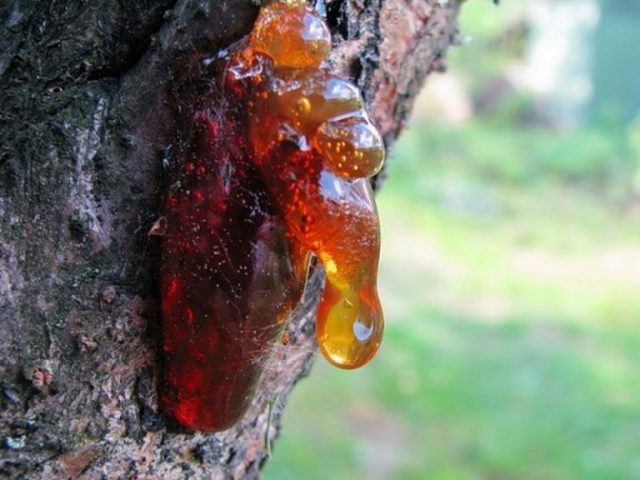



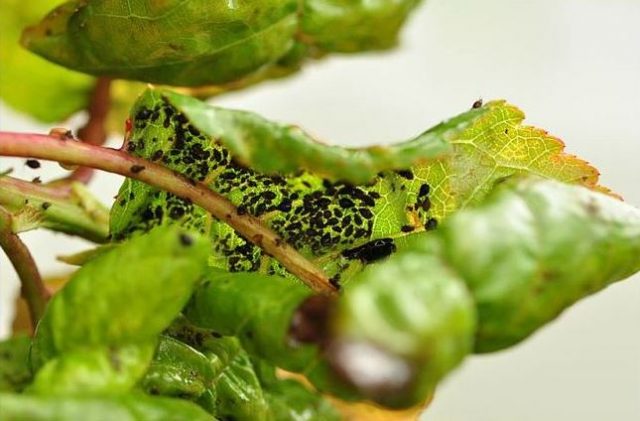

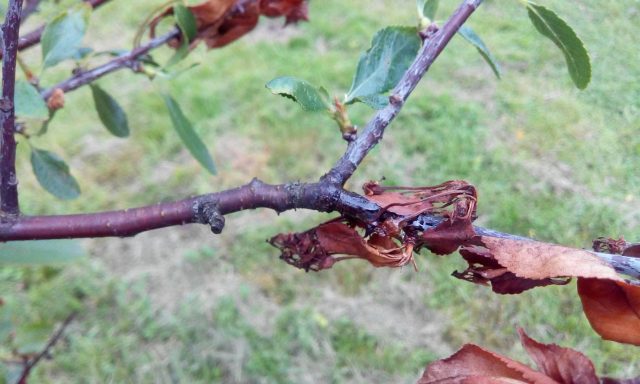
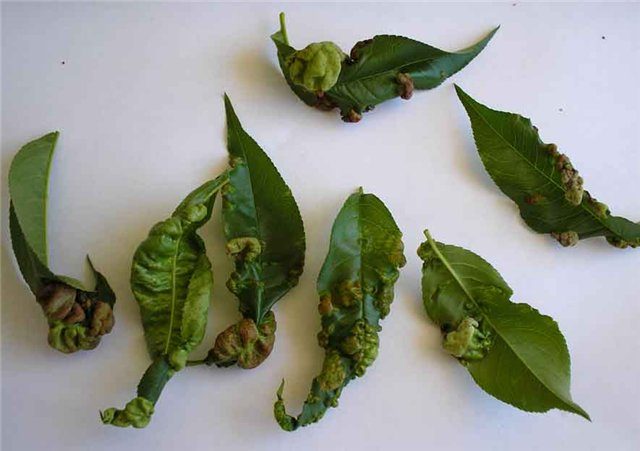
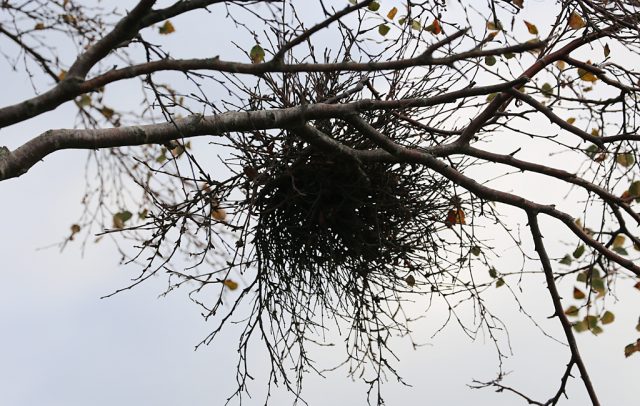




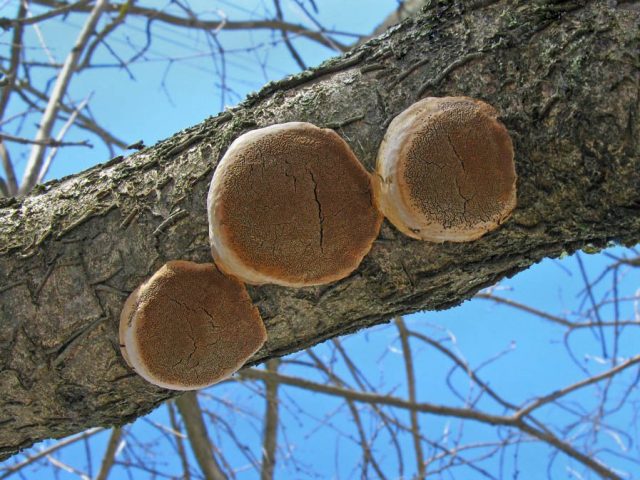





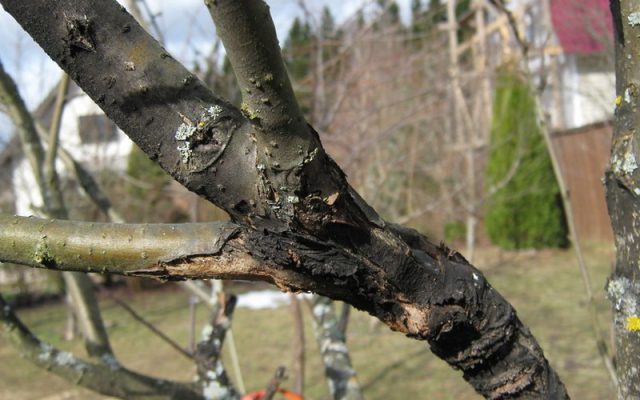
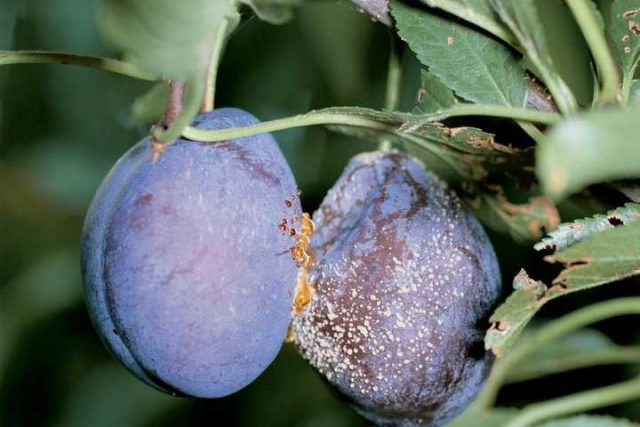






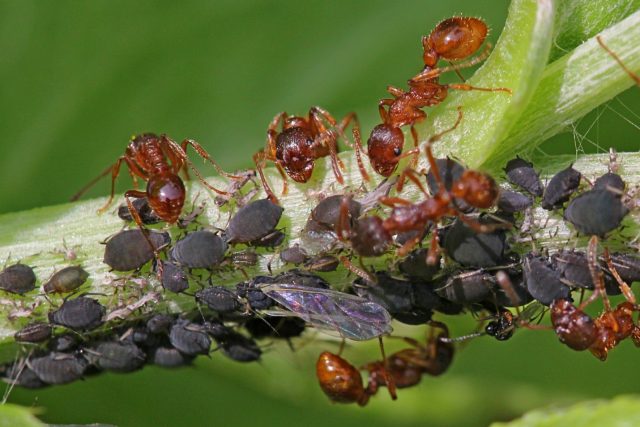
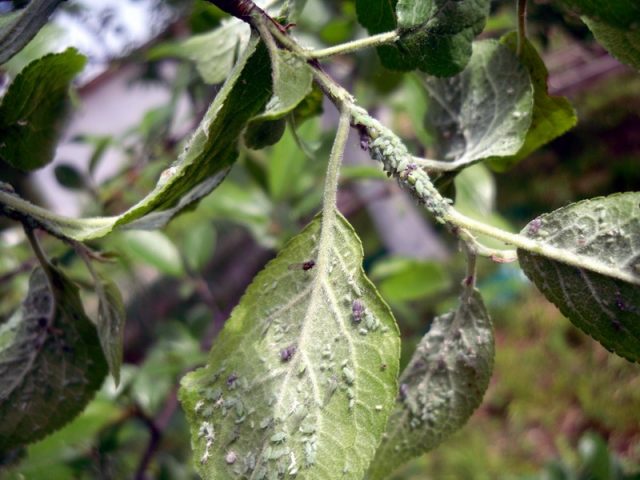

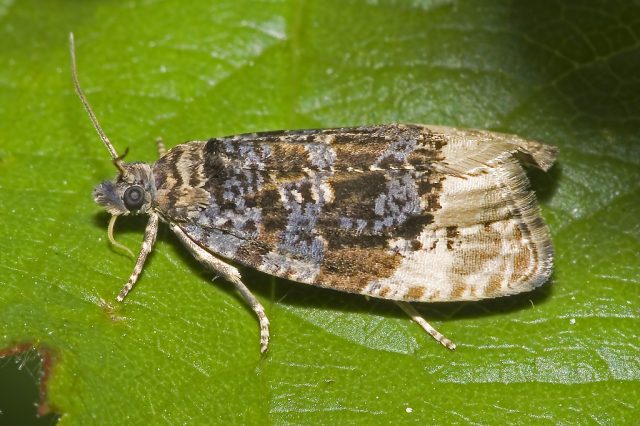
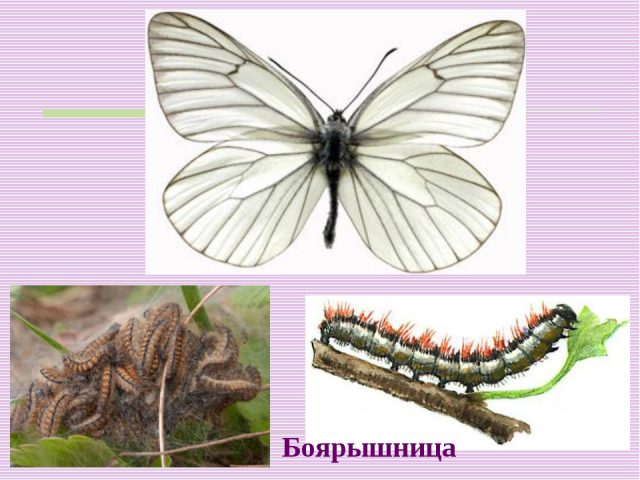

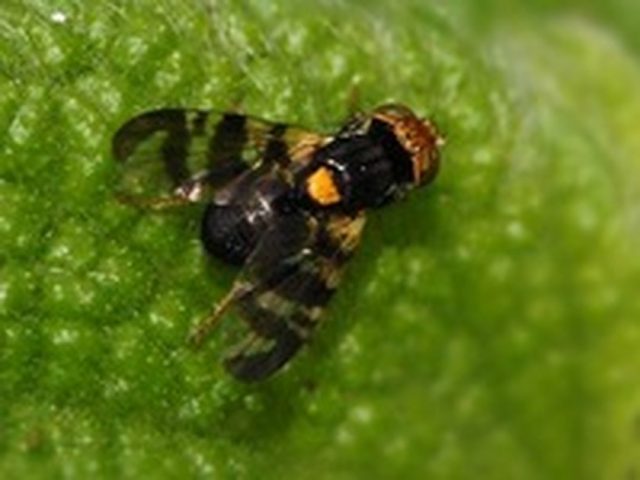









curliness